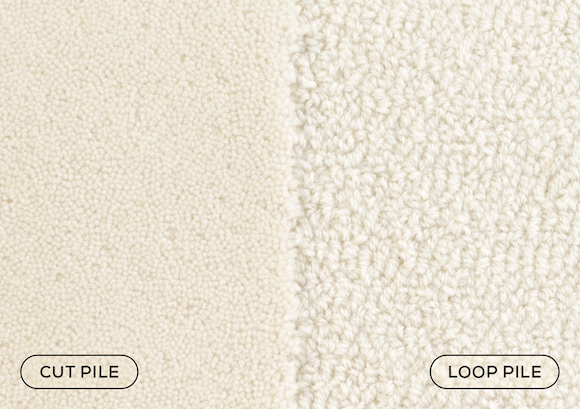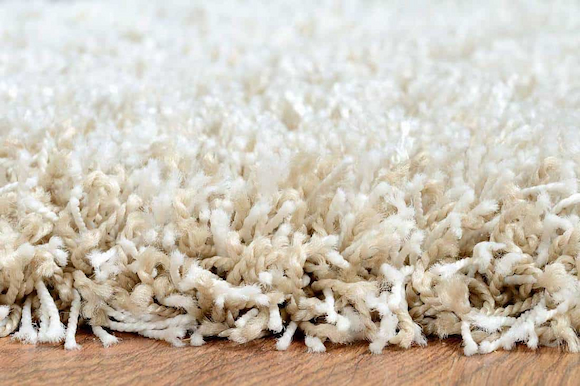The home wouldn’t be a home without all the furnishings that give it warmth, texture, style, and character. Each bit of the interior décor is a reflection of the personality of the people living in it, besides serving a purpose like keeping the home protected, and functional. This is true for elements that aren’t that (or seemingly) important as the furniture like bed, sofa, counters, closet, or appliances such as the TV, fridge, cooker, and washing machine.
Even the carpet has its role both in décor and functionality. Sure, you may keep the floors bare if you’re all keen on having that Scandinavian minimalist charm under your roof, but there’s no denying this specific piece has its benefits. For one, it’s the ideal piece you can use to protect the beautiful wood floor from wear, tear, and spills. Also, in terms of floor covering, it’s a solution that helps add insulation to your home in terms of warmth and sound.
On the note of warmth, it’s aesthetic too because bare floors have a rather cold outcome, so if you want to visually turn your living space cosier, simply add a carpet. It’s also the kind of texture you can play with, coordinating other decorative elements with it in colour or textile, like choosing throws or curtains in similar hues for a harmonious vibe. Still, with so many choices, how to choose the right one? Well, there are two types you ought to know about: the cut pile and the loop pile carpet.
What Is Cut and Loop Pile Carpet?

Both are two variations of pile carpet, with pile being the surface, which is where the two differ and get their names from. The weaving process they go through consists of looping each of the fibres back and forth through the backing. As you may guess, the cut means the surface of these fibres is cut, and the loop means the fibres are left as they are, in the form of loops. Both come with their pros and cons, and the one you choose is entirely based on your preference and needs.
What to Know About Cut Pile?

If you want to keep up the step with trends, these are truly popular and stylish floor covers. One of the reasons is they’re incredibly soft because of the specific cut, so you should go for this option if comfort under your feet is something you simply can’t do without in your bedroom, living room, kids’ room, dining room, or den. Moreover, the luxurious cut pile carpet is available in a variety of cuts, thicknesses, lengths, and colours, as well as materials, from synthetics like nylon and polyester to natural fibres like wool, so you’re spoilt for choice.
In terms of different pile heights, you have a range of types of these carpets to pick from, including frieze, plush, and Saxony. Out of these three, the Saxony is the most common option you can find on the market, typical for the medium pile height usually tufted in the same direction which is great for hiding marks of vacuuming and footprints.
The plush is considerably comfortable and durable due to the piles of different heights jumbled together. You get the best of both worlds if you don’t care too much about surface uniformity. Lastly, the frieze is a twist pile carpet that’s the ideal balance of deep piles and twisted fibres for a boost in comfort. The heavier the twist, the more resistant the carpet is to marks.
Maintenance-wise, due to the piles’ cut, any types of cut pile carpet are easy to care for. A weekly session of vacuuming is enough to keep this specific option of carpet fresh and clean and prolong its lifespan. Moreover, if you’re lucky enough to find a design that’s been treated with an odour eliminator, and one that’s made with SDN (solution-dyed-nylon) then you can be sure you get a covering that’s also stain-resistant and antibacterial. Translation: even easier to clean and maintain!
What to Know About Loop Pile?

In general terms, because of the specifics of the design with the fibres being left into loops (and supported on both ends), they’re more durable than the cut counterpart. Though, it mainly depends on the quality of the model itself, as there may be some cheaper and poor-quality loop carpets that aren’t as resistant as the cut.
If you buy something sturdy, and invest more, then you’re sure going to get a tough floor cover that’s fit for residential use even in the most heavy-traffic spots like the hallway and the stairs. Some of the popular options you can find these carpets in are the Berber type, followed by level and multi-level loop carpets, and sisal. The first of the bunch, although not particularly comfortable, is known for its great durability and low maintenance due to the tightly-woven texture.
The level type also has a low pile same as the Berber counterpart, and is just as great for heavy-foot traffic areas. The multi-level type is called so because of the various heights in one single design, and as such has an incredible textured feel as well as patterns. It’s a nice choice if you’re looking to add some interest to a specific area. Sisal is made from, you guessed it, sisal, and as such, it has a thicker fibre structure.
Your choice comes down to what you most like in terms of look and feel, besides maintenance and budget. And, if you still can’t make up your mind, and are more inclined to get something based on the looks rather than the feel and comfort, there’s a third option that combines both cut and loop piles.
